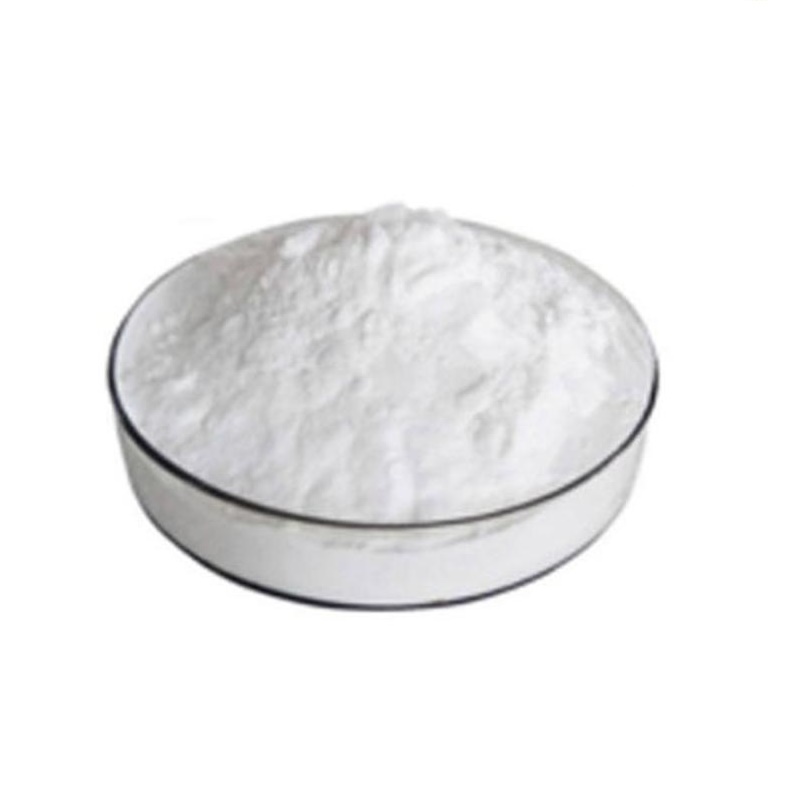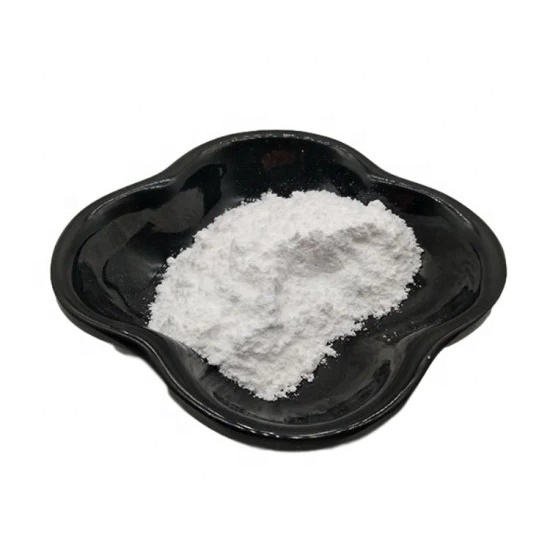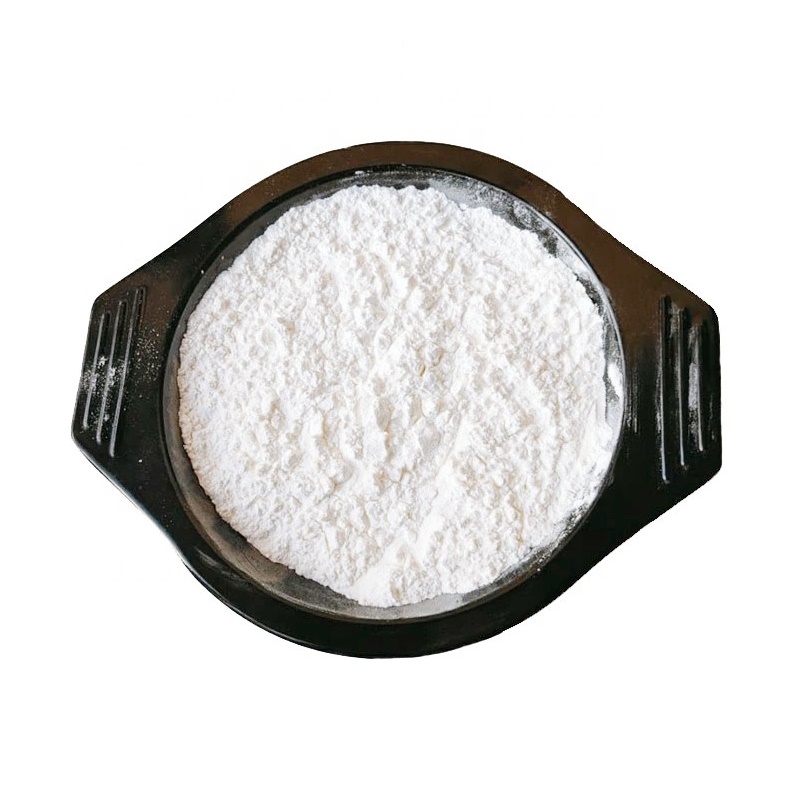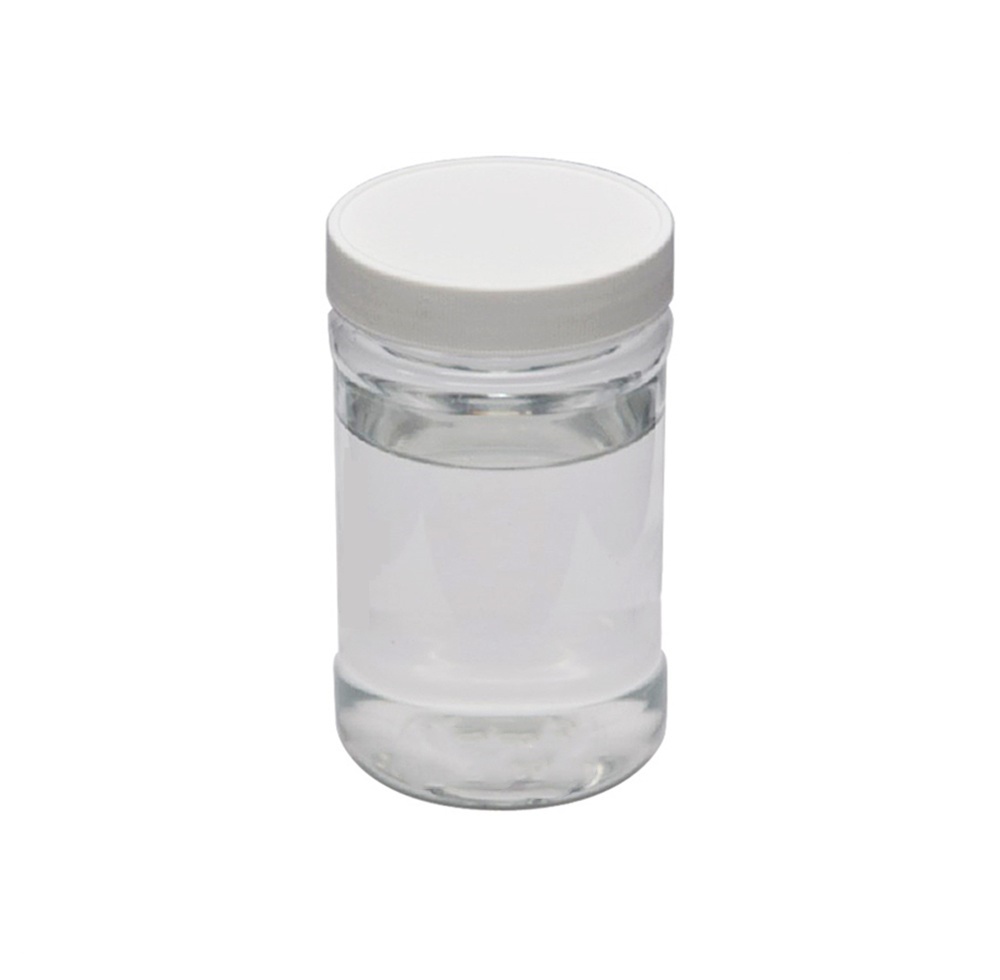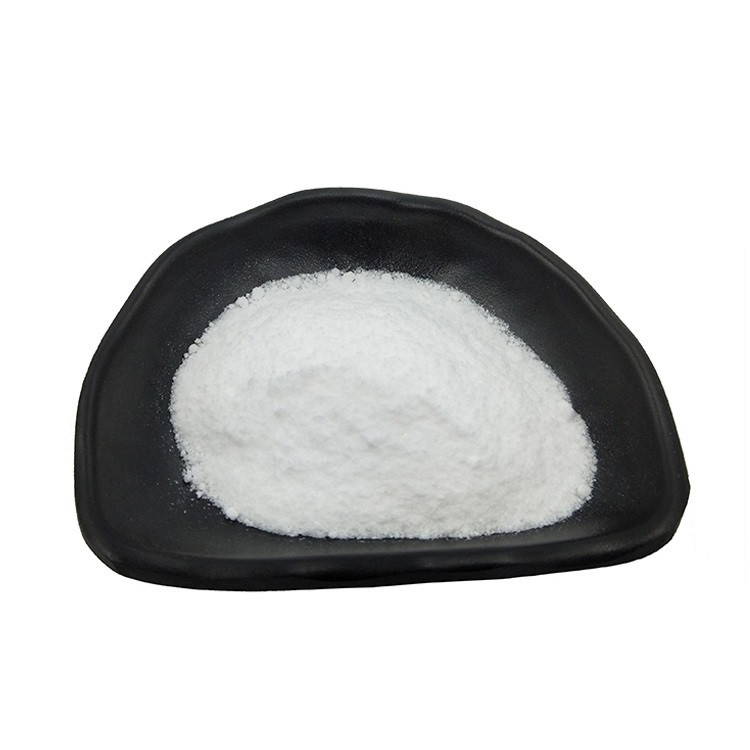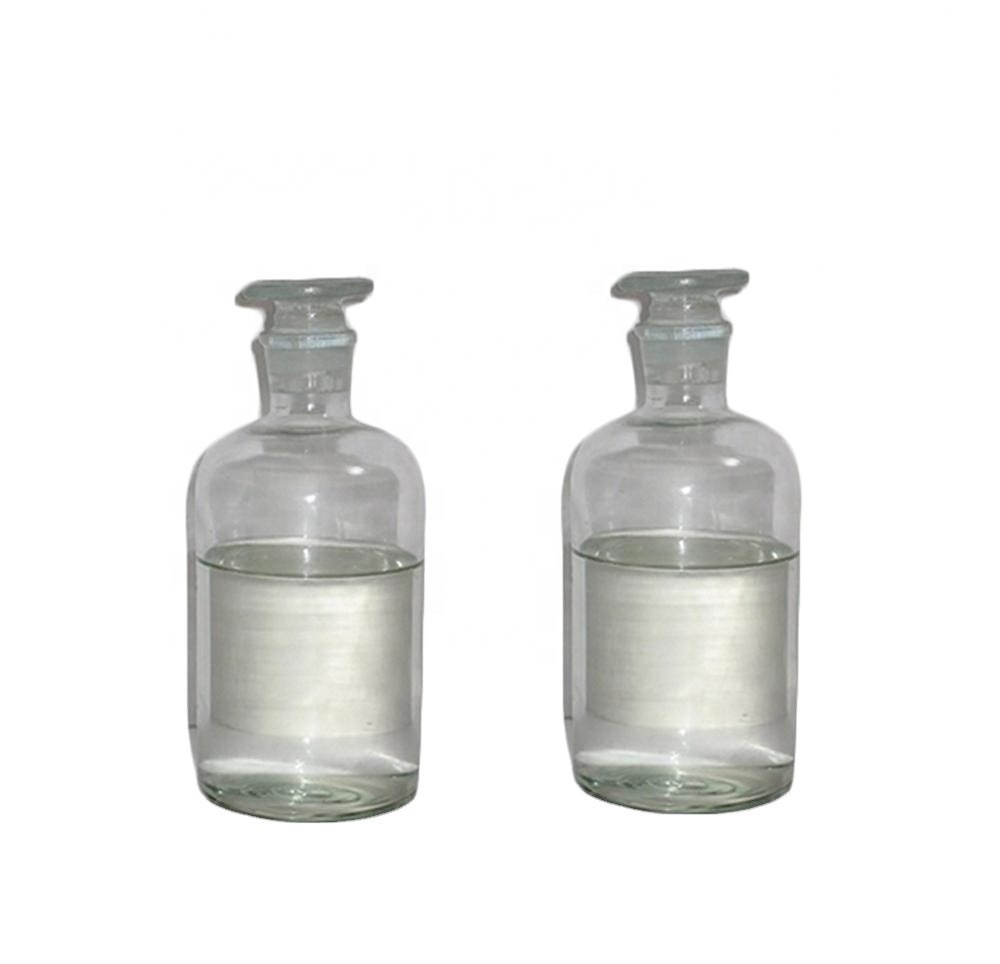

4-Methyl-2-pentanone CAS 108-10-1
——————
CAS number : 108-10-1
molecular formula : C6H12O
EINECS : 203-550-1
——————
Email : info@deshangchem.com
Mobile : +86-13153039501
TEL : +86-531-88752665
CAS number:108-10-1
molecular formula:C6H12O
molecular weight:100.16
EINECS number:203-550-1
English synonyms
4-METHYL-2-PENTANONE, FOR GC;4-METHYL-2-PENTANONE >=98.5% A.C.S. R&;4-METHYL-2-PENTANONE 99+% FCC;4-METHYL-2-PENTANONE, >=98.5%, A.C.S. REAGENT;METHYL ISOBUTYL KETONE GC STANDARD;Methyl-Iso-ButylKetoneGr;MethylIsobutylKetoneAcs;Methyl-Iso-ButylKetone(Iso-ButylMethylKetone)
Related categories
Pesticide intermediates; rodenticide intermediates; food additives; edible flavors (flavor enhancers); natural equivalent flavors and artificial flavors; various chemical reagents; proteomics; solvents; carbonyl compounds; analytical standards; general reagents; chromatography Solvents/CE reagents; fluorine chemistry; HPLC solvents; volatile organic compounds (VOCs); gas chromatography standards (color scale); ketones; biochemical reagents; reference substances; organic chemical raw materials; chemical raw materials; main products; Class;ketone;Amber Glass Bottles;Analytical Reagents;Analytical/Chromatography;CHROMASOLV for HPLC;Chromatography Reagents &;HPLC &;HPLC Grade Solvents (CHROMASOLV);HPLC/UHPLC Solvents (CHROMASOLV);Solvent Bottles;ACS and Reagent Grade Solvents; Carbon Steel Cans with NPT Threads;Nutrition Research;Phytochemicals by Plant (Food/Spice/Herb);ReagentPlus;ReagentPlus Solvent Grade Products;Semi-Bulk Solvents;Zingiber officinale (Ginger);Standards;Aviation Chemicals - Cleaning Agents;Organic Chemistry; Organic Chemical Raw Materials; Chemical Materials; Acid; Elemental Substance; Organic Chemicals; Other Raw Materials; Basic Chemical Solvents; Chemical Raw Materials; Basic Organic Reagents; Organic Chemical Products; Organic Raw Materials; Solvent by Application; Solvent Packaging Options; Solvents; UHPLC Solvents ( CHROMASOLV)
Introduction
4-methyl-2-pentanone (methyl isobutyl ketone) reagent is widely used in chemical and pharmaceutical solvents, separation and recovery of nuclear fission products and scientific research experiments. The content of 4-methyl-2-pentanone sold in the market is ≤99%, which contains a small amount of impurities such as alcohol, acidic substances and water.
4-Methyl-2-pentanone is used as a solvent for nitrocellulose, lacquer and certain polymers and resins, and also for the synthesis of 2-(1-hydroxy-3-methylbutyne)-1h-indene-1 ,3(2H)-Diketone reactant.
Chemical properties
| Melting point | -80 °C (lit.) |
| Boiling point | 117-118 °C |
| Density | 0.801 g/mL at 25 °C (lit.) |
| Vapour density | 3.5 (vs air) |
| Vapor Pressure | 15 mm Hg ( 20 °C) |
| Refractive index | n20/D 1.395(lit.) |
FEMA | 2731 | 4-METHYL-2-PENTANONE |
| Flash point | 56 °F |
| Storage conditions | Store at +5°C to +30°C. |
Solubility | water: soluble20g/L |
| Shape | Liquid |
| Color | APHA: ≤15 |
Odor | Pleasant; mild, characteristic; sharp; non-residual; ketonic. |
| Exposure Limits | 1.2-8%, 93°F |
Odor Threshold | 0.17ppm |
| Water solubility | 17 g/L (20 ºC) |
| Maximum wavelength(λmax) | λ: 335 nm Amax: 1.00 |
JECFA Number | 301 |
Merck | 14,5207 |
BRN | 605399 |
Henry's Law Constant | 2.56 at 25 °C (batch stripping method-GC, Kim et al., 2000) |
| Exposure Limits | TLV-TWA 205 mg/m3 (50 ppm); STEL 300 mg/m3 (75 ppm) (ACGIH); IDLH 3000 ppm (NIOSH). |
LogP | 1.3-1.9 at 20℃ |
| CAS database | 108-10-1(CAS DataBase Reference) |
This product is a colorless transparent liquid with camphor odor, m.p.-80℃, b.p.117~118℃, n20D 1.3960, relative density 0.801, f.p.56℉(13℃), almost insoluble in water, but can form azeotrope with water It has a boiling point of 87.9°C, contains 24.3% water and 75.7% ketone, and is miscible with phenol, aldehyde, ether, benzene and other organic solvents. This product is poisonous, and its vapor irritates the eyes and respiratory tract.
Use
● 4-Methyl-2-pentanone, also known as methyl isobutyl ketone, is an intermediate of the rodenticide rat end.
● For medicine, dye intermediates. The pesticide mite produced by o-chlorobenzaldehyde can control mites on dry crops and fruit trees. O-chlorobenzyl aldoxime can get o-chlorobenzyl oxime, and further chlorination can get o-chlorobenzyl oxime, all of which are drug intermediates.
● Solvent for nitrocellulose, resins, gums, etc. Extractant for certain inorganic salts. Organic Synthesis
● Used as chromatographic analysis standard substance, solvent and extractant
● Used as a solvent and also as a dewaxing agent for lubricating oils
● spices. It is mainly used to prepare rum, cheese and fruit flavors.
● This product is an excellent middle boiling point solvent. It is used as mineral dressing agent, solvent for oil dewaxing, coupler for color film, solvent for tetracycline, pyrethrin and DDT, adhesive, rubber glue, cloth paint for aircraft and models. It is also an effective separating agent for some inorganic salts. It can separate plutonium from uranium, niobium from tantalum, and zirconium from hafnium. Its peroxide is a very important initiator in the polymerization reaction of polyester resin. Also used in organic synthesis industry. It can also be used as an anticoagulant and thinner for vinyl resins.
Production method
● It can be obtained by selective hydrogenation of mesityl oxide. 1t of product consumes about 1220kg of mesityl oxide and 550m3 of hydrogen. Another production process is the acetone one-step process. Liquid acetone is preheated, condensed, dehydrated and Hydrogenation reaction generates MIBK. The process is short, the investment is small, the conversion rate is high, and the cost is low. The largest MIBK device in China, jointly operated by Jinling Petrochemical Fertilizer Factory and Tianjin University, adopted the acetone one-step method and was put into operation in February 1995, with a product purity of 99%. It can also be obtained by condensation of isopropanol under normal pressure.
● It is produced by mild hydrogenation of mesityl oxide at 160-190°C over a nickel catalyst.
● From the oxidation of methyl isobutyl carbinol.
Its preparation methods include isopropanol method and acetone method.
(1) Isopropanol method
Using isopropanol as raw material, dehydrogenate isopropanol into acetone through aluminum-copper catalyst at normal pressure and temperature 180-220°C, and then condense and dehydrate with isopropanol to obtain the product.
(2) Acetone method
The acetone is heated, the steam passes through the sodium hydroxide catalyst, and the diacetone is reacted under normal pressure to obtain diacetone. Dehydration reaction of dipropanol ketone in the presence of phosphoric acid catalyst to obtain isopropenol, and catalytic hydrogenation of isopropenol in the presence of copper catalyst at a temperature of 170-200°C to obtain the product.
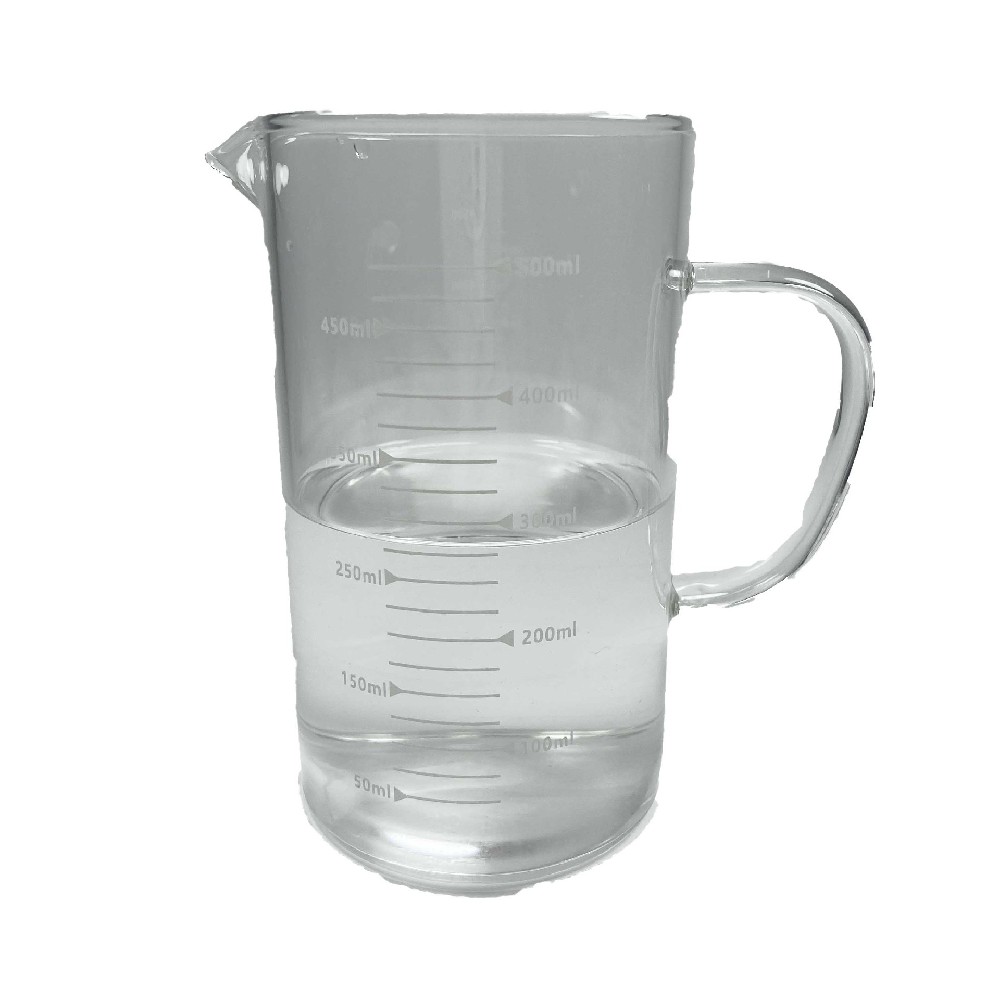
4-Methyl-2-pentanone CAS 108-10-1
CAS number:108-10-1
molecular formula:C6H12O
molecular weight:100.16
EINECS number:203-550-1
English synonyms
4-METHYL-2-PENTANONE, FOR GC;4-METHYL-2-PENTANONE >=98.5% A.C.S. R&;4-METHYL-2-PENTANONE 99+% FCC;4-METHYL-2-PENTANONE, >=98.5%, A.C.S. REAGENT;METHYL ISOBUTYL KETONE GC STANDARD;Methyl-Iso-ButylKetoneGr;MethylIsobutylKetoneAcs;Methyl-Iso-ButylKetone(Iso-ButylMethylKetone)
Related categories
Pesticide intermediates; rodenticide intermediates; food additives; edible flavors (flavor enhancers); natural equivalent flavors and artificial flavors; various chemical reagents; proteomics; solvents; carbonyl compounds; analytical standards; general reagents; chromatography Solvents/CE reagents; fluorine chemistry; HPLC solvents; volatile organic compounds (VOCs); gas chromatography standards (color scale); ketones; biochemical reagents; reference substances; organic chemical raw materials; chemical raw materials; main products; Class;ketone;Amber Glass Bottles;Analytical Reagents;Analytical/Chromatography;CHROMASOLV for HPLC;Chromatography Reagents &;HPLC &;HPLC Grade Solvents (CHROMASOLV);HPLC/UHPLC Solvents (CHROMASOLV);Solvent Bottles;ACS and Reagent Grade Solvents; Carbon Steel Cans with NPT Threads;Nutrition Research;Phytochemicals by Plant (Food/Spice/Herb);ReagentPlus;ReagentPlus Solvent Grade Products;Semi-Bulk Solvents;Zingiber officinale (Ginger);Standards;Aviation Chemicals - Cleaning Agents;Organic Chemistry; Organic Chemical Raw Materials; Chemical Materials; Acid; Elemental Substance; Organic Chemicals; Other Raw Materials; Basic Chemical Solvents; Chemical Raw Materials; Basic Organic Reagents; Organic Chemical Products; Organic Raw Materials; Solvent by Application; Solvent Packaging Options; Solvents; UHPLC Solvents ( CHROMASOLV)
Introduction
4-methyl-2-pentanone (methyl isobutyl ketone) reagent is widely used in chemical and pharmaceutical solvents, separation and recovery of nuclear fission products and scientific research experiments. The content of 4-methyl-2-pentanone sold in the market is ≤99%, which contains a small amount of impurities such as alcohol, acidic substances and water.
4-Methyl-2-pentanone is used as a solvent for nitrocellulose, lacquer and certain polymers and resins, and also for the synthesis of 2-(1-hydroxy-3-methylbutyne)-1h-indene-1 ,3(2H)-Diketone reactant.
Chemical properties
| Melting point | -80 °C (lit.) |
| Boiling point | 117-118 °C |
| Density | 0.801 g/mL at 25 °C (lit.) |
| Vapour density | 3.5 (vs air) |
| Vapor Pressure | 15 mm Hg ( 20 °C) |
| Refractive index | n20/D 1.395(lit.) |
FEMA | 2731 | 4-METHYL-2-PENTANONE |
| Flash point | 56 °F |
| Storage conditions | Store at +5°C to +30°C. |
Solubility | water: soluble20g/L |
| Shape | Liquid |
| Color | APHA: ≤15 |
Odor | Pleasant; mild, characteristic; sharp; non-residual; ketonic. |
| Exposure Limits | 1.2-8%, 93°F |
Odor Threshold | 0.17ppm |
| Water solubility | 17 g/L (20 ºC) |
| Maximum wavelength(λmax) | λ: 335 nm Amax: 1.00 |
JECFA Number | 301 |
Merck | 14,5207 |
BRN | 605399 |
Henry's Law Constant | 2.56 at 25 °C (batch stripping method-GC, Kim et al., 2000) |
| Exposure Limits | TLV-TWA 205 mg/m3 (50 ppm); STEL 300 mg/m3 (75 ppm) (ACGIH); IDLH 3000 ppm (NIOSH). |
LogP | 1.3-1.9 at 20℃ |
| CAS database | 108-10-1(CAS DataBase Reference) |
This product is a colorless transparent liquid with camphor odor, m.p.-80℃, b.p.117~118℃, n20D 1.3960, relative density 0.801, f.p.56℉(13℃), almost insoluble in water, but can form azeotrope with water It has a boiling point of 87.9°C, contains 24.3% water and 75.7% ketone, and is miscible with phenol, aldehyde, ether, benzene and other organic solvents. This product is poisonous, and its vapor irritates the eyes and respiratory tract.
Use
● 4-Methyl-2-pentanone, also known as methyl isobutyl ketone, is an intermediate of the rodenticide rat end.
● For medicine, dye intermediates. The pesticide mite produced by o-chlorobenzaldehyde can control mites on dry crops and fruit trees. O-chlorobenzyl aldoxime can get o-chlorobenzyl oxime, and further chlorination can get o-chlorobenzyl oxime, all of which are drug intermediates.
● Solvent for nitrocellulose, resins, gums, etc. Extractant for certain inorganic salts. Organic Synthesis
● Used as chromatographic analysis standard substance, solvent and extractant
● Used as a solvent and also as a dewaxing agent for lubricating oils
● spices. It is mainly used to prepare rum, cheese and fruit flavors.
● This product is an excellent middle boiling point solvent. It is used as mineral dressing agent, solvent for oil dewaxing, coupler for color film, solvent for tetracycline, pyrethrin and DDT, adhesive, rubber glue, cloth paint for aircraft and models. It is also an effective separating agent for some inorganic salts. It can separate plutonium from uranium, niobium from tantalum, and zirconium from hafnium. Its peroxide is a very important initiator in the polymerization reaction of polyester resin. Also used in organic synthesis industry. It can also be used as an anticoagulant and thinner for vinyl resins.
Production method
● It can be obtained by selective hydrogenation of mesityl oxide. 1t of product consumes about 1220kg of mesityl oxide and 550m3 of hydrogen. Another production process is the acetone one-step process. Liquid acetone is preheated, condensed, dehydrated and Hydrogenation reaction generates MIBK. The process is short, the investment is small, the conversion rate is high, and the cost is low. The largest MIBK device in China, jointly operated by Jinling Petrochemical Fertilizer Factory and Tianjin University, adopted the acetone one-step method and was put into operation in February 1995, with a product purity of 99%. It can also be obtained by condensation of isopropanol under normal pressure.
● It is produced by mild hydrogenation of mesityl oxide at 160-190°C over a nickel catalyst.
● From the oxidation of methyl isobutyl carbinol.
Its preparation methods include isopropanol method and acetone method.
(1) Isopropanol method
Using isopropanol as raw material, dehydrogenate isopropanol into acetone through aluminum-copper catalyst at normal pressure and temperature 180-220°C, and then condense and dehydrate with isopropanol to obtain the product.
(2) Acetone method
The acetone is heated, the steam passes through the sodium hydroxide catalyst, and the diacetone is reacted under normal pressure to obtain diacetone. Dehydration reaction of dipropanol ketone in the presence of phosphoric acid catalyst to obtain isopropenol, and catalytic hydrogenation of isopropenol in the presence of copper catalyst at a temperature of 170-200°C to obtain the product.
Team Presentation

